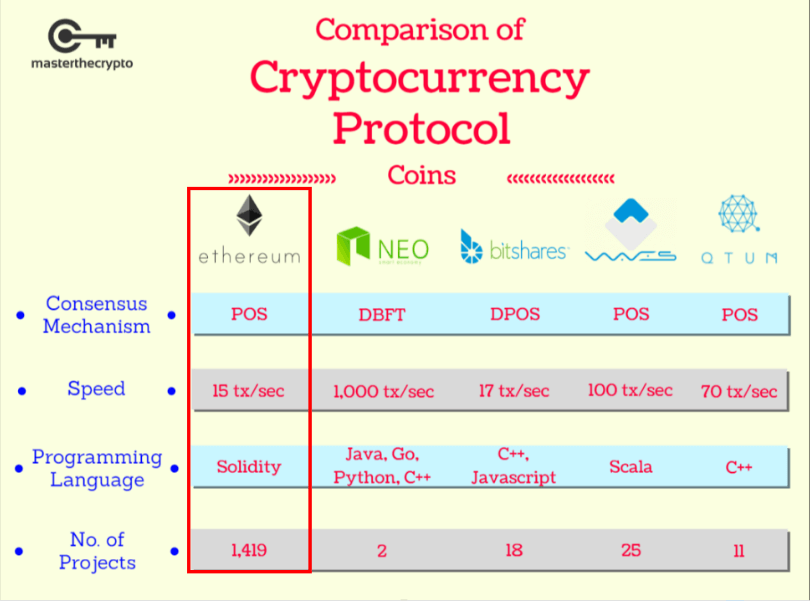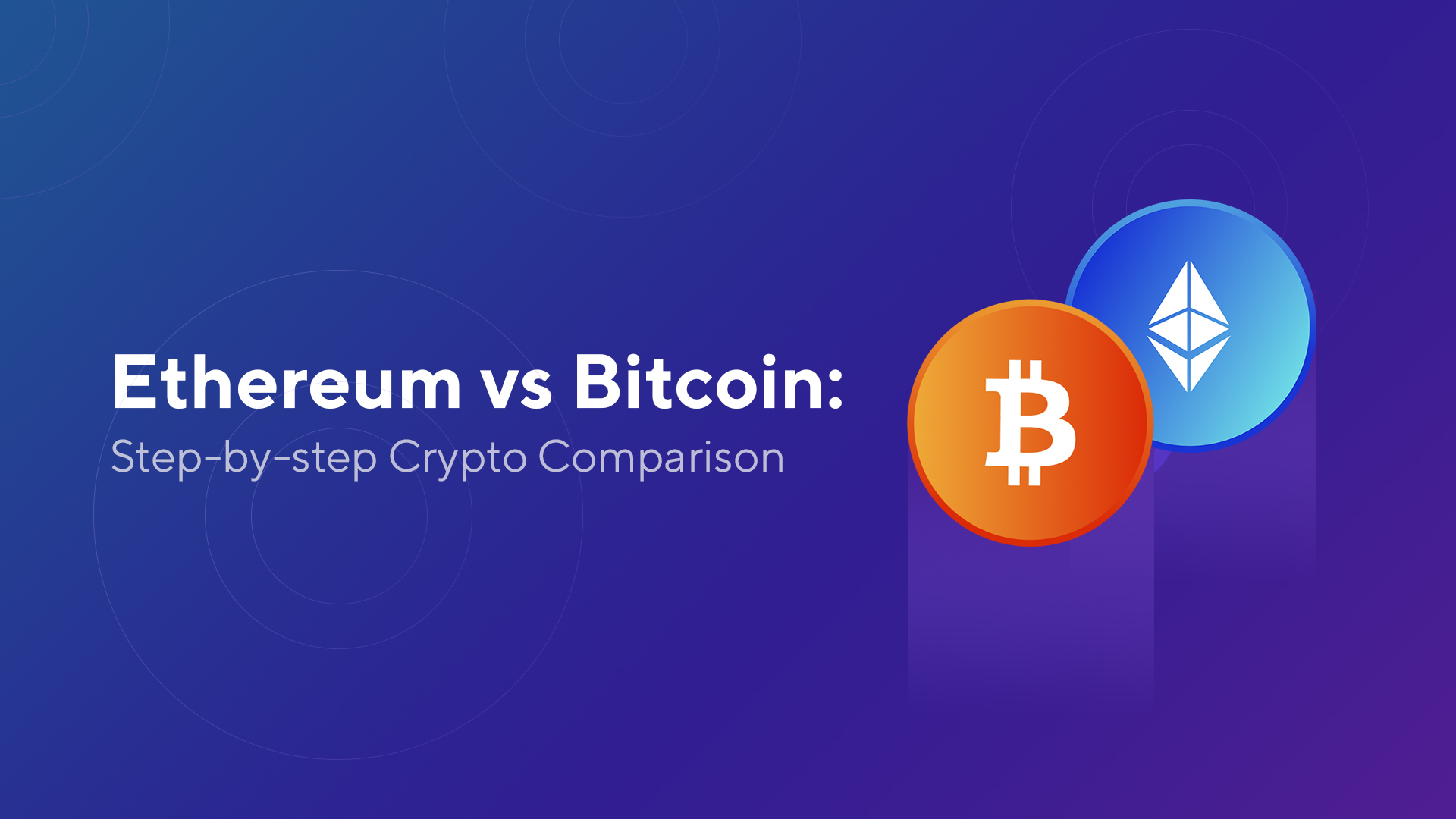ethereum crypto algorithm Exploring Its Impact and Future
Beginning with ethereum crypto algorithm, the narrative unfolds in a compelling and distinctive manner, drawing readers into a story that promises to be both engaging and uniquely memorable.
Ethereum has emerged as a revolutionary platform in the world of cryptocurrencies, distinguished by its smart contracts and decentralized applications (dApps). Unlike Bitcoin, Ethereum offers a more versatile framework that allows developers to create complex ecosystems, making it a favorite among innovators in finance and technology alike.
Overview of Ethereum
Ethereum, introduced in 2015 by Vitalik Buterin, emerged as a groundbreaking platform that allows developers to build decentralized applications (dApps). Unlike Bitcoin, which primarily serves as a digital currency, Ethereum offers a versatile ecosystem for developers to create smart contracts—self-executing contracts with the terms of the agreement directly written into code. Ethereum’s key features set it apart from Bitcoin. Firstly, it enables programmable transactions through smart contracts, giving developers a framework to create a wide range of applications.
Secondly, Ethereum operates on a more robust scripting language, allowing for complex functionalities that Bitcoin cannot support. Lastly, Ethereum aims for a decentralized governance model, where community consensus plays a significant role in decision-making.
Smart Contracts in the Ethereum Ecosystem
Smart contracts are pivotal to Ethereum’s functionality, providing a trustless environment where transactions can occur automatically based on predetermined conditions. They eliminate the need for intermediaries, reducing costs and increasing efficiency. This innovation has laid the groundwork for various applications, from financial services to supply chain management.
Ethereum’s Crypto Algorithm
Ethereum employs a consensus mechanism known as Proof of Work (PoW), transitioning to Proof of Stake (PoS) as part of its evolution.
Consensus Mechanism Utilized by Ethereum
The consensus mechanism ensures that all transactions are verified and recorded on the blockchain. In PoW, miners solve complex mathematical problems to validate transactions, expending significant computational power. In contrast, PoS selects validators based on the number of coins they hold and are willing to “stake” as collateral, effectively reducing energy consumption.
Benefits of the Proof of Stake Model
Proof of Stake offers several advantages over Proof of Work:
- Lower energy consumption: PoS requires significantly less energy, addressing environmental concerns associated with cryptocurrency mining.
- Increased security: Validators have a vested interest in maintaining the network’s integrity as they can lose their staked coins if they act maliciously.
- Greater scalability: PoS facilitates faster transaction processing, allowing Ethereum to handle more transactions simultaneously.
Proof of Work vs. Proof of Stake

A comparison between PoW and PoS highlights their distinct methodologies:
| Feature | Proof of Work | Proof of Stake |
|---|---|---|
| Energy Consumption | High | Low |
| Transaction Speed | Slower | Faster |
| Security Model | Miner rewards | Staked coins |
Importance of Ethereum’s Algorithm
The algorithm behind Ethereum plays a crucial role in enhancing its scalability and security.
Impact on Scalability
Ethereum’s transition to PoS aims to improve scalability by allowing for faster transaction processing and reduced block times. This change is necessary as the number of users and dApps continues to grow, leading to network congestion.
Contribution to Transaction Security
The algorithm bolsters transaction security by requiring validators to stake their coins, which discourages dishonest behavior. This economic incentive model ensures that participants act in the network’s best interest, enhancing overall trust.
Environmental Considerations
With increasing awareness of climate change, Ethereum’s shift to PoS addresses significant environmental concerns associated with PoW. By reducing energy consumption, Ethereum aligns itself with sustainable practices, appealing to a broader audience.
Practical Applications of Ethereum’s Algorithm
Ethereum’s algorithm enables a multitude of applications, significantly impacting various industries.
Types of Applications Built on Ethereum’s Framework
Numerous applications leverage Ethereum’s capabilities, including:
- Decentralized finance (DeFi) platforms that offer financial services without intermediaries.
- Non-fungible tokens (NFTs) for digital art and collectibles.
- Supply chain solutions that enhance transparency and traceability.
Creating Decentralized Applications (dApps)
Developers use Ethereum’s algorithm to create dApps that operate independently of any central authority. By utilizing smart contracts, these applications can execute complex operations automatically, fostering innovation across industries.
Facilitating Initial Coin Offerings (ICOs)
The algorithm also plays a pivotal role in facilitating ICOs, enabling startups to raise capital through token sales on the Ethereum platform. This process democratizes funding and provides opportunities for smaller investors to participate in emerging projects.
Challenges and Limitations
Despite its advancements, Ethereum’s algorithm faces several challenges that must be addressed.
Scalability Issues

Scalability remains a prominent concern, as the network can become congested during periods of high demand. This issue can lead to slower transaction times and increased fees, which may deter users.
Potential Risks and Security Vulnerabilities
As with any blockchain technology, Ethereum’s algorithm is susceptible to security vulnerabilities. This includes risks associated with smart contract bugs and the potential for malicious attacks on the network.
Challenges in Transitioning to Proof of Stake
Transitioning from PoW to PoS involves complexities such as ensuring a smooth migration and maintaining network security during the process. It requires careful planning and execution to avoid disruptions.
Future Developments
Ethereum’s ecosystem is poised for continued evolution, with several upgrades on the horizon.
Upcoming Upgrades and Their Expected Impact
Future upgrades are aimed at enhancing scalability and security, integrating features like sharding and layer-2 solutions, which will significantly improve transaction throughput.
Potential Evolution of Ethereum’s Algorithm
As the cryptocurrency market evolves, so too will Ethereum’s algorithm, adapting to new trends and user demands. This flexibility will be crucial for its long-term sustainability.
Roadmap for Future Enhancements
The roadmap for Ethereum Artikels a structured plan for ongoing improvements, focusing on scalability, security, and user experience. These enhancements will ensure Ethereum remains a leading platform in the blockchain space.
Community and Ecosystem
The Ethereum community plays a vital role in shaping the algorithm’s development and future.
Role of the Ethereum Community
Community involvement is essential for Ethereum’s progress, as developers, stakeholders, and users contribute to discussions and decisions regarding the algorithm’s evolution. This collaborative spirit fosters innovation and inclusivity.
Importance of Community Feedback
Feedback from the community helps identify areas for improvement and guides the implementation of new features. Engaging with users ensures that the algorithm meets the needs of its diverse audience.
Collaborative Projects Enhancing Ethereum’s Functionalities
Numerous projects arise from community collaboration, enhancing Ethereum’s capabilities. These initiatives focus on optimizing network performance, improving security measures, and expanding the range of applications available on the platform.
Conclusive Thoughts

As we conclude our exploration of the ethereum crypto algorithm, it becomes evident that its innovative approach has not only transformed the landscape of digital currencies but also set the stage for future advancements. The ongoing developments and community-driven improvements signal a promising horizon for Ethereum, making it a key player in the evolution of blockchain technology.
Frequently Asked Questions
What is the main function of Ethereum’s algorithm?
The Ethereum algorithm primarily facilitates transaction processing and the execution of smart contracts within its ecosystem.
How does Proof of Stake improve Ethereum’s efficiency?
Proof of Stake enhances efficiency by reducing energy consumption and enabling faster transaction confirmations compared to the traditional Proof of Work.
What are the environmental concerns associated with Ethereum?
Environmental concerns primarily revolve around energy usage, particularly with Proof of Work, prompting the shift to the more sustainable Proof of Stake model.
Can the Ethereum algorithm support large-scale applications?
Yes, the Ethereum algorithm is designed to support large-scale applications, although scalability remains an ongoing challenge that the community is addressing.
What role does community feedback play in Ethereum’s development?
Community feedback is crucial for prioritizing updates and improvements to the Ethereum algorithm, fostering a more robust and user-centered platform.





